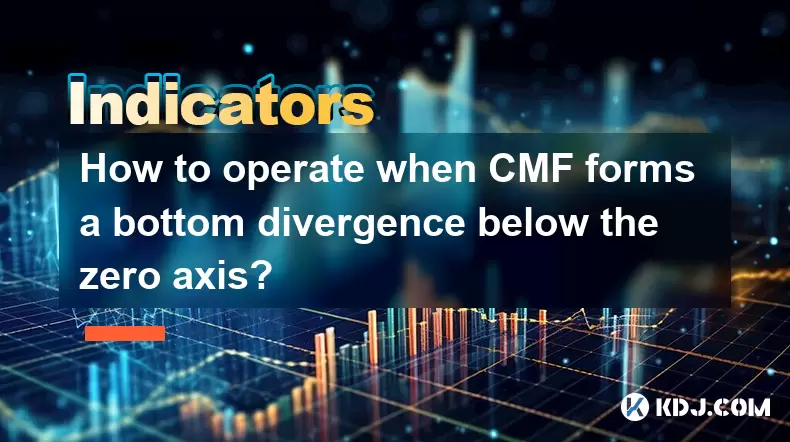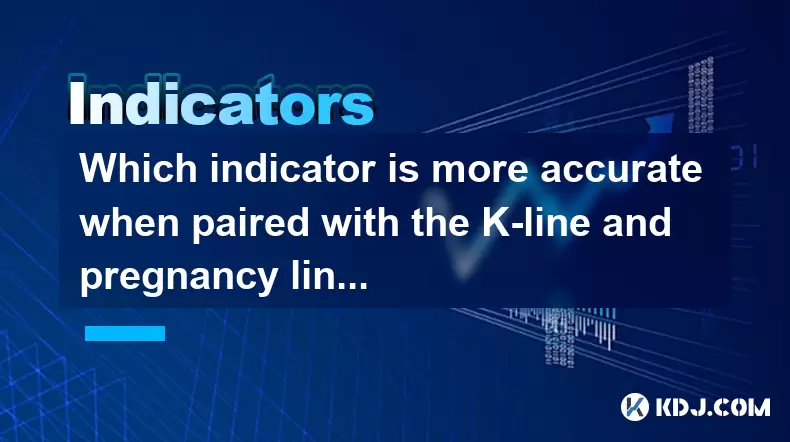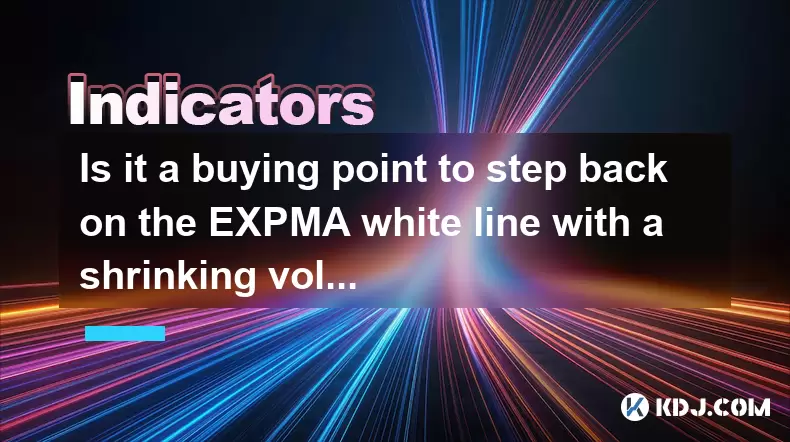-
 Bitcoin
Bitcoin $119300
1.07% -
 Ethereum
Ethereum $3730
3.87% -
 XRP
XRP $3.235
0.29% -
 Tether USDt
Tether USDt $1.000
0.00% -
 BNB
BNB $783.5
1.88% -
 Solana
Solana $188.7
0.25% -
 USDC
USDC $0.0000
-0.01% -
 Dogecoin
Dogecoin $0.2399
-0.44% -
 TRON
TRON $0.3157
2.37% -
 Cardano
Cardano $0.8254
1.94% -
 Hyperliquid
Hyperliquid $42.83
0.14% -
 Stellar
Stellar $0.4372
3.21% -
 Sui
Sui $3.859
4.91% -
 Chainlink
Chainlink $18.53
3.53% -
 Hedera
Hedera $0.2464
0.01% -
 Bitcoin Cash
Bitcoin Cash $519.8
2.46% -
 Avalanche
Avalanche $24.24
2.17% -
 Litecoin
Litecoin $113.7
0.73% -
 UNUS SED LEO
UNUS SED LEO $8.990
0.30% -
 Shiba Inu
Shiba Inu $0.00001390
0.21% -
 Toncoin
Toncoin $3.188
1.49% -
 Ethena USDe
Ethena USDe $1.001
0.02% -
 Polkadot
Polkadot $4.090
-0.91% -
 Uniswap
Uniswap $10.40
4.08% -
 Monero
Monero $326.6
3.12% -
 Bitget Token
Bitget Token $4.627
-0.42% -
 Pepe
Pepe $0.00001281
0.76% -
 Dai
Dai $1.000
0.01% -
 Aave
Aave $291.6
0.98% -
 Cronos
Cronos $0.1269
7.26%
How to operate when CMF forms a bottom divergence below the zero axis?
A bottom divergence in Chaikin Money Flow below the zero line may signal increasing buying pressure and a potential bullish reversal in cryptocurrency trading.
Jun 29, 2025 at 02:35 am

Understanding CMF and Its Significance in Cryptocurrency Trading
The Chaikin Money Flow (CMF) is a technical indicator used to measure the accumulation and distribution of an asset over a specified period. In cryptocurrency trading, where volatility reigns supreme, understanding the signals from CMF can provide traders with crucial insights into potential trend reversals. When CMF forms a bottom divergence below the zero axis, it may indicate that buying pressure is increasing despite falling prices, potentially signaling a bullish reversal.
In this context, divergence occurs when the price of a cryptocurrency continues to make lower lows while the CMF makes higher lows. This contradiction suggests weakening bearish momentum and hints at a possible shift in market sentiment.
Identifying Bottom Divergence Below the Zero Line
To effectively identify a bottom divergence below the zero line, traders should first understand how to interpret the CMF chart alongside the price chart. The CMF oscillates between -1 and +1, with the zero line acting as a midpoint. A reading below zero indicates selling pressure, while above zero implies buying pressure.
When the price hits a new low but the CMF does not, instead forming a higher low, a bullish divergence is formed. This pattern becomes more significant if it occurs after a prolonged downtrend and the CMF is still below the zero axis.
Traders should visually compare the price action and CMF movement across multiple timeframes to confirm the validity of the divergence. It's essential to avoid false signals by ensuring that both the price and CMF peaks or troughs align correctly.
Validating the Signal with Supporting Indicators
While CMF divergence offers valuable insight, relying solely on one indicator can be risky. To increase confidence in the signal, traders should incorporate additional tools:
- Volume Analysis: Increasing volume during divergence formation supports the idea of growing institutional or retail interest.
- Moving Averages: Use the 50-day and 200-day moving averages to assess the broader trend and filter out weaker signals.
- Relative Strength Index (RSI): Check if RSI is also showing divergence or is in oversold territory (below 30), reinforcing the CMF signal.
- Candlestick Patterns: Look for bullish candlestick formations like hammers, engulfing patterns, or morning stars near key support levels.
By combining these elements, traders can better validate whether the CMF bottom divergence is likely to result in a meaningful price move.
Executing the Trade Based on CMF Divergence
Once the CMF bottom divergence has been confirmed using supporting indicators, the next step is to plan the trade execution carefully. Here’s a breakdown of the steps:
- Entry Point: Wait for the price to break above a recent swing high or resistance level following the divergence confirmation. This breakout serves as a valid entry point.
- Stop Loss Placement: Set a stop loss just below the most recent swing low to protect against further downside risk.
- Take Profit Target: Determine profit targets based on previous resistance levels or Fibonacci extensions. Traders may also trail their stop loss to capture larger moves if the trend continues.
- Position Sizing: Allocate capital according to your risk tolerance. Never risk more than a small percentage of your portfolio on a single trade.
- Monitoring the CMF: Continue watching the CMF after entering the trade. If it crosses above the zero line and stays there, it confirms strengthening buying pressure.
It’s important to note that no trade setup guarantees success, and proper risk management remains vital even when signals align perfectly.
Common Pitfalls and How to Avoid Them
Despite its usefulness, many traders misinterpret or misuse CMF divergence, leading to poor decisions. Some common mistakes include:
- Overtrading Weak Divergences: Not every divergence leads to a strong reversal. Focus only on clear, well-defined divergences that align with other indicators.
- Ignoring Timeframe Context: A divergence on a 1-hour chart might mean little compared to one on a daily chart. Always check multiple timeframes before making a decision.
- Failing to Manage Emotions: Fear of missing out (FOMO) or greed can cause traders to enter too early or exit too late. Stick to your strategy and predefined rules.
- Neglecting Market News: Cryptocurrency markets are highly sensitive to news events. Be aware of upcoming announcements or regulatory changes that could override technical signals.
Avoiding these pitfalls requires discipline, patience, and continuous learning. Keeping a trading journal to document each CMF-based trade and its outcome can help refine your approach over time.
Frequently Asked Questions
Q: Can CMF divergence occur in both uptrends and downtrends?
A: Yes, CMF divergence can appear in both trending environments. In uptrends, it often manifests as bearish divergence above the zero line, while in downtrends, it typically appears as bullish divergence below the zero line.
Q: Is CMF suitable for all types of cryptocurrencies?
A: CMF works best with assets that have sufficient liquidity and trading volume. While it can be applied to any crypto asset, results may vary significantly on low-volume altcoins due to erratic price behavior.
Q: How long should I wait before confirming a CMF divergence?
A: There is no fixed timeframe, but traders generally wait for at least two to three candlesticks after the divergence formation to ensure it isn’t a false signal. Waiting for a price close above or below key levels can add confirmation.
Q: What if the CMF doesn’t cross above the zero line after a bullish divergence?
A: If the CMF remains below the zero line without crossing up, it suggests that buying pressure hasn't fully taken control yet. Traders should remain cautious and monitor for a sustained move above zero to confirm strength.
Disclaimer:info@kdj.com
The information provided is not trading advice. kdj.com does not assume any responsibility for any investments made based on the information provided in this article. Cryptocurrencies are highly volatile and it is highly recommended that you invest with caution after thorough research!
If you believe that the content used on this website infringes your copyright, please contact us immediately (info@kdj.com) and we will delete it promptly.
- TRON, Crypto Payroll, and Stablecoins: A New York Minute on the Future of Finance
- 2025-07-25 08:30:11
- WazirX, Revote, and Crypto Unlock: A New York Minute on the Latest Developments
- 2025-07-25 06:50:11
- Hong Kong Stablecoin Regulation: Navigating the Hype and Hurdles
- 2025-07-25 08:30:11
- Bitcoin LTHs, CDD Ratio, and Distribution: What's the Deal?
- 2025-07-25 08:50:12
- Satoshi-Era Bitcoin Whale Awakens: $469 Million in BTC on the Move
- 2025-07-25 06:30:11
- TIA Tokens, Crypto Shift & Ripple Effect: What's the Deal?
- 2025-07-25 07:10:11
Related knowledge

Should I go all in when DIF crosses DEA?
Jul 25,2025 at 12:42am
Understanding DIF and DEA in MACD AnalysisWhen traders analyze DIF and DEA in the context of the Moving Average Convergence Divergence (MACD) indicato...

Should I go all in when the upper edge of the box is broken?
Jul 25,2025 at 01:50am
Understanding the 'Box' in Cryptocurrency Price ChartsThe term 'box' in cryptocurrency trading typically refers to a price consolidation range where t...

Should I go all in when the parabolic turning signal appears?
Jul 25,2025 at 06:36am
Understanding the Parabolic Turning Signal in Crypto TradingThe parabolic turning signal is a technical indicator derived from the Parabolic SAR (Stop...

Should I follow up with a full position when the trading volume suddenly increases?
Jul 25,2025 at 12:28am
Understanding Sudden Increases in Trading VolumeA sudden spike in trading volume often signals heightened market activity and can indicate that new in...

Which indicator is more accurate when paired with the K-line and pregnancy line combination?
Jul 25,2025 at 05:43am
Understanding the K-Line and Pregnancy Line CombinationThe K-line, also known as the Japanese candlestick chart, is a foundational tool in technical a...

Is it a buying point to step back on the EXPMA white line with a shrinking volume?
Jul 25,2025 at 08:56am
Understanding the EXPMA Indicator and Its White LineThe Exponential Moving Average (EXPMA) is a technical analysis tool widely used in cryptocurrency ...

Should I go all in when DIF crosses DEA?
Jul 25,2025 at 12:42am
Understanding DIF and DEA in MACD AnalysisWhen traders analyze DIF and DEA in the context of the Moving Average Convergence Divergence (MACD) indicato...

Should I go all in when the upper edge of the box is broken?
Jul 25,2025 at 01:50am
Understanding the 'Box' in Cryptocurrency Price ChartsThe term 'box' in cryptocurrency trading typically refers to a price consolidation range where t...

Should I go all in when the parabolic turning signal appears?
Jul 25,2025 at 06:36am
Understanding the Parabolic Turning Signal in Crypto TradingThe parabolic turning signal is a technical indicator derived from the Parabolic SAR (Stop...

Should I follow up with a full position when the trading volume suddenly increases?
Jul 25,2025 at 12:28am
Understanding Sudden Increases in Trading VolumeA sudden spike in trading volume often signals heightened market activity and can indicate that new in...

Which indicator is more accurate when paired with the K-line and pregnancy line combination?
Jul 25,2025 at 05:43am
Understanding the K-Line and Pregnancy Line CombinationThe K-line, also known as the Japanese candlestick chart, is a foundational tool in technical a...

Is it a buying point to step back on the EXPMA white line with a shrinking volume?
Jul 25,2025 at 08:56am
Understanding the EXPMA Indicator and Its White LineThe Exponential Moving Average (EXPMA) is a technical analysis tool widely used in cryptocurrency ...
See all articles

























































































